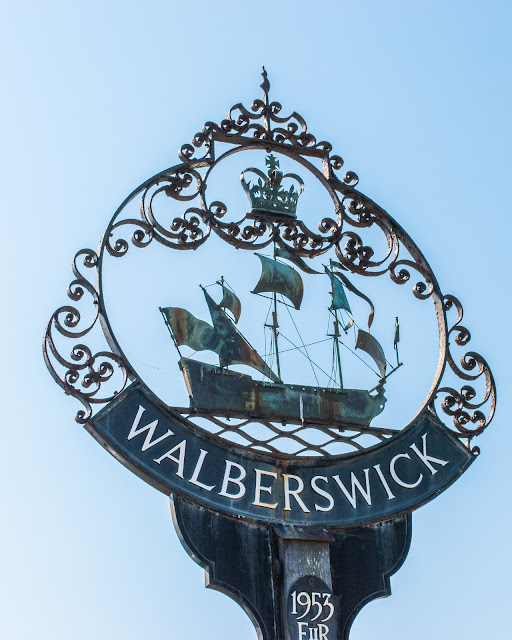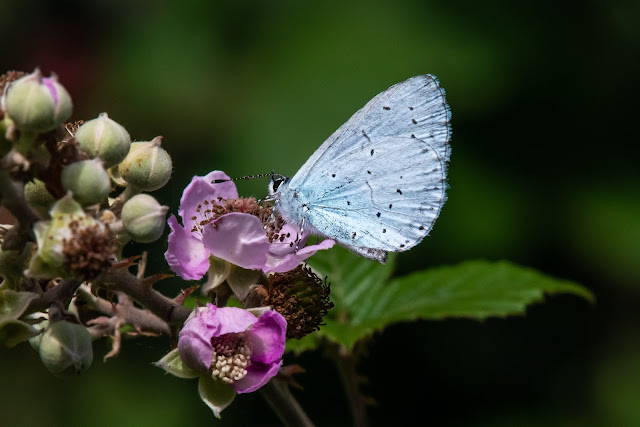My photographic diary - a record of places visited and things seen, including the history found in our many villages, and nature in its many forms. They are, above all, my memories --- "For what is a person without memories? - a ghost, trapped between worlds, without an identity, with no future, no past"
Tuesday, 22 September 2020
Swilland and Crowfield - two unusual Church buildings
Monday, 21 September 2020
A morning walk in Snape
Another bright sunny day (I am not complaining!) and a walk starting at the famous Maltings, and taking a circular route through Snape Warren RSPB site and back to the start. By the time we arrived back at the Maltings the place was `heaving` with people and cars, so no photos today actually at the Malting, although here are some I took previously, when not so busy! However, for today, here are my images.
 |
Index of posts
Tuesday, 15 September 2020
Another walk in Walberswick
Last month, 16th August to be exact, we went on a Scavenger Hunt to Walberswick with Gill Moon. Today we revisited the same place, on our own, but walked in the opposite direction to see more of this lovely area. One of the first things encountered on entering the village is the village sign, which appears to have a story behind it.The story of the village sign as in BBC news:
One surprise, as we navigated the woods, was this WW2 Pillbox. It just demonstrated to us how much the forest had grown up in the intervening 75 years since the war. I am sure it would have been built with a clear view of the surrounding coastal area.
Index of posts
Monday, 14 September 2020
Redundant church of St Mary, Washbrook
The building is constructed of flint rubble and brick, dressed with stone. The layout is very simple, with a traditional nave, chancel, west tower, south porch, north vestry and baptistry. St Mary's is no longer in use for regular worship and is cared for by the Churches Conservation Trust.
 |
The church has an avenue of yew trees, but despite some trimming it is difficult to get a good view of the church from many angles. |
Sunday, 13 September 2020
Signs of Autumn`s approach
I always think of fungi as one of the first signs of autumn, although this is not strictly true as some fungi grow happily in late summer, while the weather is still warm. Berries appearing are another good sign, and this year has been no exception. But of course ploughed fields and the appearance of some particular floral varieties, also herald the advent of the end of summer! All these images were taken locally and record the beginning of the autumn season.

 |
Parasol Fungi |
In a row - and on our lawn!













































